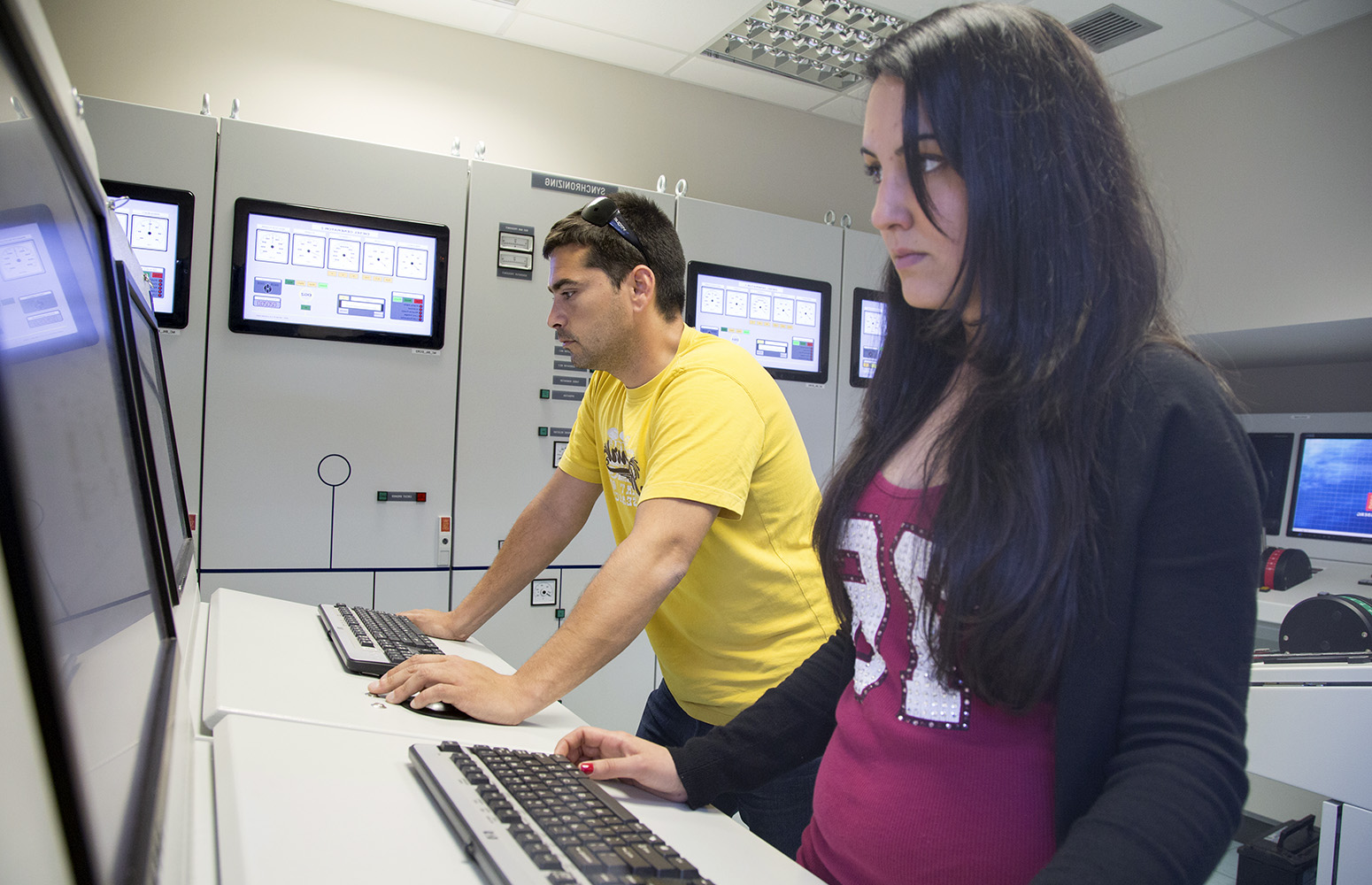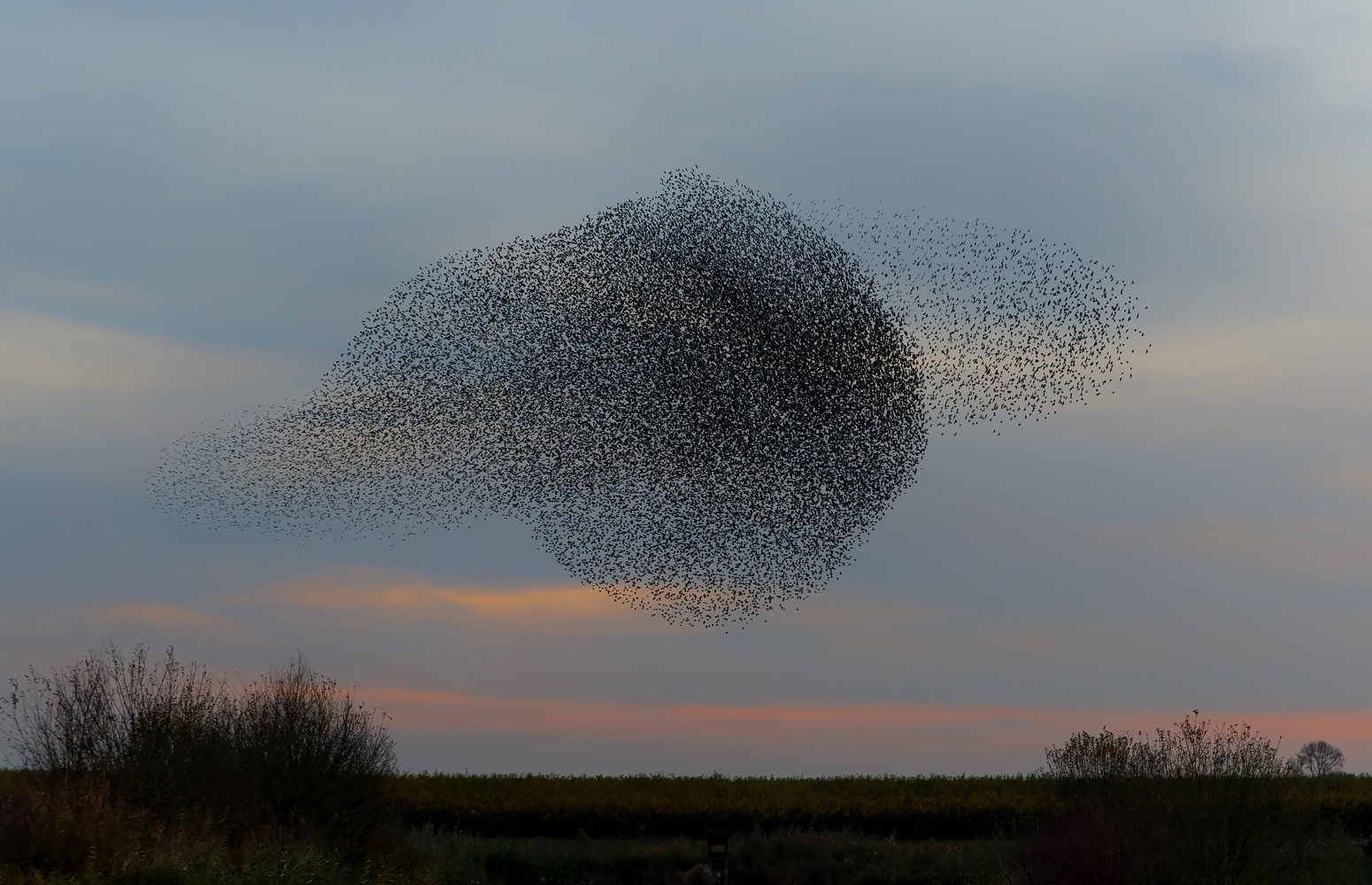A broad piece of documentation work conducted by the researcher Eva Diez-Paton in the Department of the History of Art and Music of the UPV/EHU’s Faculty of Arts has revealed the process to build awareness on the part of Bizkaian society of the existence of the wealth of art and monuments in its province. It was a long period spanning nearly 100 years in which there were a number of events and proper names that prompted that gradual awakening.
-

Ereño Gorria kareharria da mundu mailako ondarea osatzen duten 50 harrietako bat
-

% 92ko okupazioa UPV/EHUko graduatuen artean
-

20.000 lagun inguruk egin dute aurretiazko izen-ematea UPV/EHUn gradu ikasketak egiteko
-

Aurkitu dute nola kontrolatzen eta gobernatzen dituzten zelulek beren lekualdatzeak
-

103 master ofizialek eta berezko 72 tituluk osatuko dute UPV/EHUren 2024-2025eko eskaintza
Gradually awakening sensitivity towards the architectural heritage of Bizkaia
A study by the UPV/EHU-University of the Basque Country analyses the inconsistent commitment of the public institutions towards preserved historical heritage
- Research
First publication date: 29/08/2018

“Nowadays, nearly everyone is capable to citing a palace or temple in their home town or city. But if we go back to halfway through the 19th century, or well into the 20th century, one had the sensation that Bizkaia was a region without monuments, without any significant historical and artistic heritage,” says Eva Diez-Paton, lecturer in the Department of the History of Art and Music of the UPV/EHU’s Faculty of Arts and author of this work.
That mistaken idea that was so widespread attracted Diez-Paton’s attention and led her “to seek the point from which that sensation emerged and, above all, how the break was made with it, how that awakening took place, that awareness-building of the region’s wealth in terms of art and monuments”.
Her work has involved the study of thousands of documentary sources, in particular files pertaining to the conservation and restoration of monuments in the Archive of the Chartered Provincial Council of Bizkaia, the San Fernando Royal Academy of Fine Arts, the Basque Museum and various municipal archives. “In the course of that archival work, I was looking for photographic and written publications of the period in which this awakening took place, and which spanned the years 1844 and 1936, in other words, the years in which the monuments commissions were set up until the outbreak of the [Spanish] Civil War [1936-39],” said the researcher.
Personal commitment in the institutions
The main event prompting the flourishing of the sensitivity towards historical and artistic heritage in Bizkaian society was, as the researcher describes, “the development of Artistic Historiography, in other words, when people began to write about history, and also small monographic works about monuments”. Another key factor in the awareness-building process was the emergence of organisations tasked with implementing a heritage policy, such as the Monuments Commission of Bizkaia (set up in 1844) or the Conservation section within the Board of Basque Culture (set up in 1921). In parallel, the birth of various museums played a significant role “when it came to awakening a certain artistic sensitivity in the population, and this kindled interest, love, and esteem for the heritage handed down to us from the past”.
Even though the emergence of organisations and institutions of this type is considered to be very important, the actual work of promoting that sensitivity was the responsibility of “various proper names that were associated with these institutions, but it was their personal commitment that enabled this to be furthered. Some of these figures are Jesús Larrea, who worked in the Ethnographic Museum, architects such as Manuel María Smith, who displayed a tremendous commitment within the institutions, photographers such as Manuel Torcida-Torre, who undertook to produce a photographic inventory, almost, and Indalecio Ojaguren”, says Diez.
Eva Diez-Paton’s analysis work covered another architectural element: the Basque farmhouse: “As the farmhouse was ideologically a very powerful element at that time owing to the birth of [Basque] nationalism, I was interested in finding out what perception existed about it, and whether policies were implemented for the purposes of conservation, sanitation, and improvement in general”. It was around 1929 that a law was passed to protect the Basque farmhouse and, as mentioned above, in this case “the key figure who encouraged this protection was Andrés de Arzadun,” she pointed out.
The period studied covered by Diez ends with the outbreak of the Civil War, because “the interpretation that would need to be made of the events would need to be different, it would need to be contextualised at other time. The law to protect the Basque farmhouse, for example, was severely affected: the files ended up virtually unresolved, Andrés de Arzadun was forced into exile, funding for anyone who did not sympathise with the [Francoist] movement was rejected, etc. In other words, situations of this type are not part of my field of study”.
Additional information
Eva Diez-Paton (Bilbao, 1981) conducted this study in the Department of the History of Art and Music of the UPV/EHU’s Faculty of Arts as part of her PhD thesis entitled ‘Alma y piedra. Ideologías, conservación, restauración. Política del patrimonio arquitectónico en Vizcaya (1844-1936)’ [Soul and Stone. Ideologies, conservation, restoration. Architectural heritage policy in Bizkaia (1844-1936)]. It was supervised by Nieves Basurto-Ferro, tenured lecturer in this same department.


